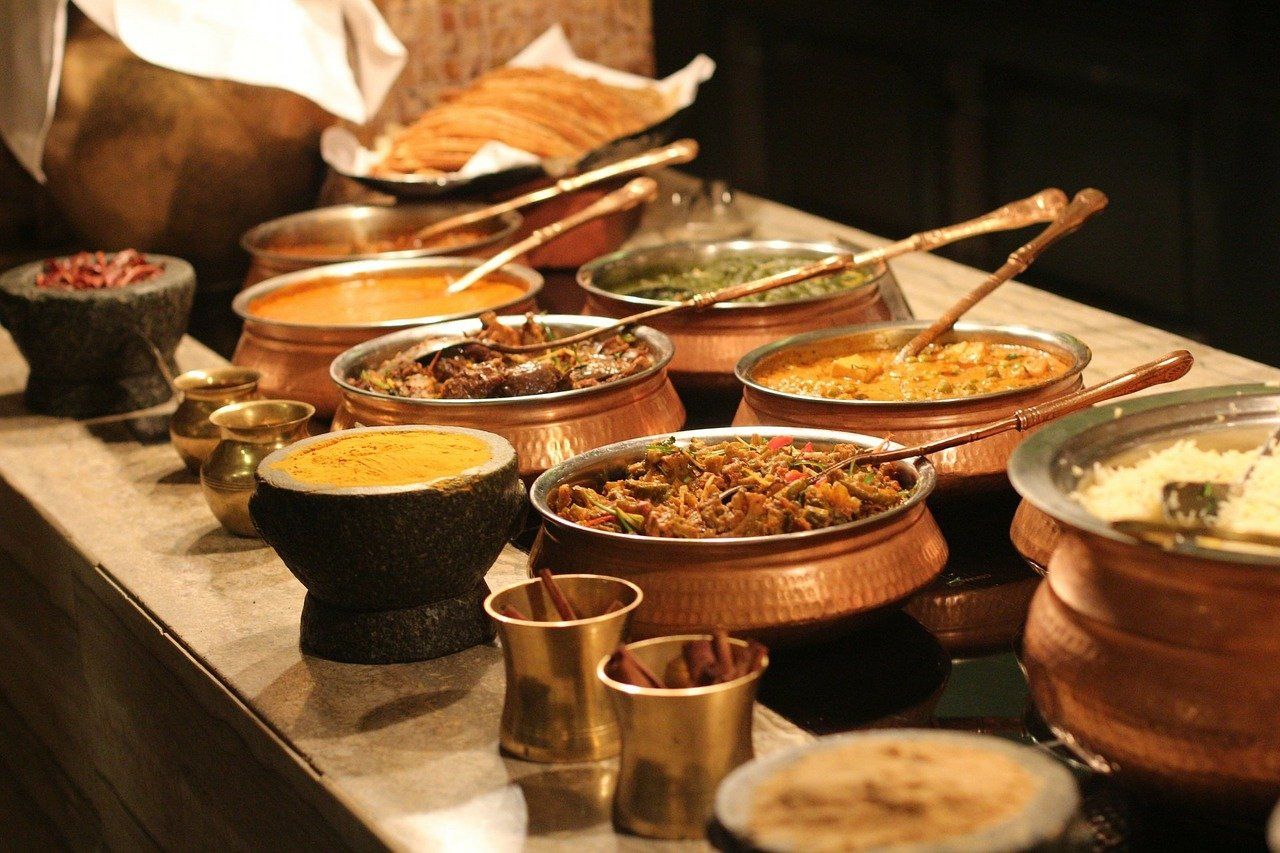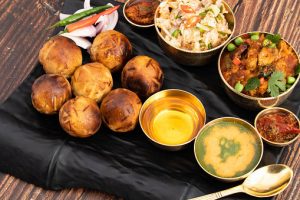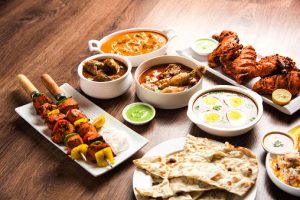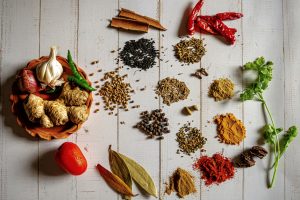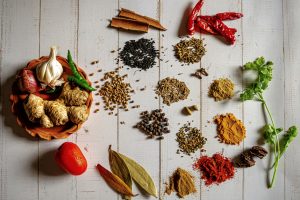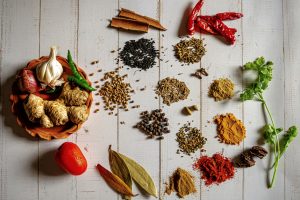For centuries, Indians have used asafoetida — better known as heeng — a pungent, bitter spice, to flavour their food. But, until 2020, it had never been grown in the country.
In October 2020, scientists in Lahaul and Spiti, a frigid desert tucked in the Himalayan foothills, had planted approximately 800 seedlings of the plant, precisely two years after India’s Council of Scientific and Industrial Research (CSIR) imported six kinds of seeds from Iran.
According to BBC, one of the experts who had carefully grown the seeds in a lab, Dr Ashok Kumar, said “We are confident it will work.” He stated that this was required since just two seeds out of every hundred grow. It turns out that the plant has an annoying tendency of staying dormant.
Also Read | In a first, India begins cultivating heeng in Himachal Pradesh
Asafoetida is a perennial blooming plant that grows mostly in the wild. It grows well in dry soil at temperatures below 35°C. As a result, much of India is unsuitable for heeng farming due to its tropical plateaus and plains, wet coast, and severe monsoons.
Instead, Indians depend on imports from Afghanistan, Kazakhstan, and Uzbekistan, which were worth more than $100 million in 2019, data showed. Since a lot of the country’s money goes into heeng imports, it is imperative for India to become self-sufficient in heeng production.
This comes as a shock to many Indians who believe that heeng is intrinsically Indian. The pungency of heeng makes it an excellent alternative for many Hindus and Jains who cannot consume onion or garlic due to dietary constraints.
Heeng gets its name from its distinct odour – asafoetida in Latin means “foetid gum.” Raw heeng, a greyish-white sticky resin extracted from the roots, is dried and combined with flour – wheat in the north, rice in the south – to make an edible spice. Importers of heeng utilise small amounts to create graded variants that are sold as blocks, coarse granules, or a fine powder.
Although it was previously referred to as “the food of the gods” by the Persians, heeng is currently only found in Indian cuisine. It’s either utilised for medical purposes or as a pesticide in other areas of the world! However, in India, where heeng consumption is estimated to account for 40% of global consumption, it’s difficult to overestimate its importance in the kitchen.
Also Read | For masala king Dharampal Gulati, hard work was the spice of life
It is found in a number of Ayurvedic treatments. It is known to help with flatulence and is frequently included in recipes that include gassy ingredients like lentils or beans.
Despite the many ways Indians utilise heeng, it isn’t from India. But what the climate previously prevented, science is making it possible. Though that may be, it remains to be seen if Indian soil will be able to recreate the spice’s coveted, foetid aroma.

